The fashion world is a vast space that reflects different cultures and stories tied to societies around the globe. Arab men’s clothing is one of the most fascinating aspects of this world, showcasing a blend of tradition and contemporary trends. Traditional Arab men’s clothing is rooted in history, shaped by cultural and environmental factors, yet today’s styles reflect a fusion of timeless designs and modern influences.
Background of Arab Men’s Clothing
Arab men’s clothing has evolved over hundreds of years to achieve its present-day look. Historically, these garments were designed with the region’s climate, culture, and religion in mind. For instance, the Thobe also known as Dishdasha or Kandura in various countries has been a staple in Arab men’s wardrobes for centuries, originally crafted to offer comfort in the hot desert climate with its loose fit and breathable fabric.
Traditional Styles of Arab Men’s Clothing
Thobe/Dishdasha/Kandura
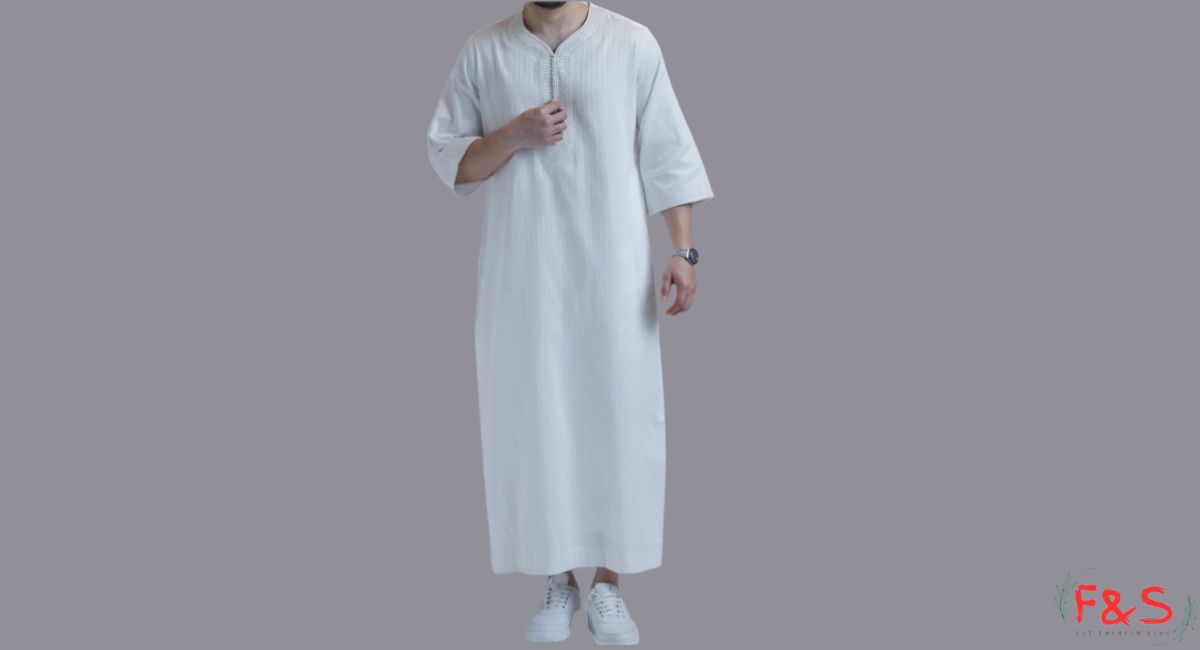
The Thobe, referred to as Dishdasha in Kuwait and Kandura in the UAE, is a long, loose-fitting robe. It is commonly white or light-colored and is designed to reflect modesty and simplicity, values highly regarded in Arab culture. For formal events, the Thobe is often paired with a Bisht, an elegant overcoat crafted from delicate fabric.
Keffiyeh/Ghutra
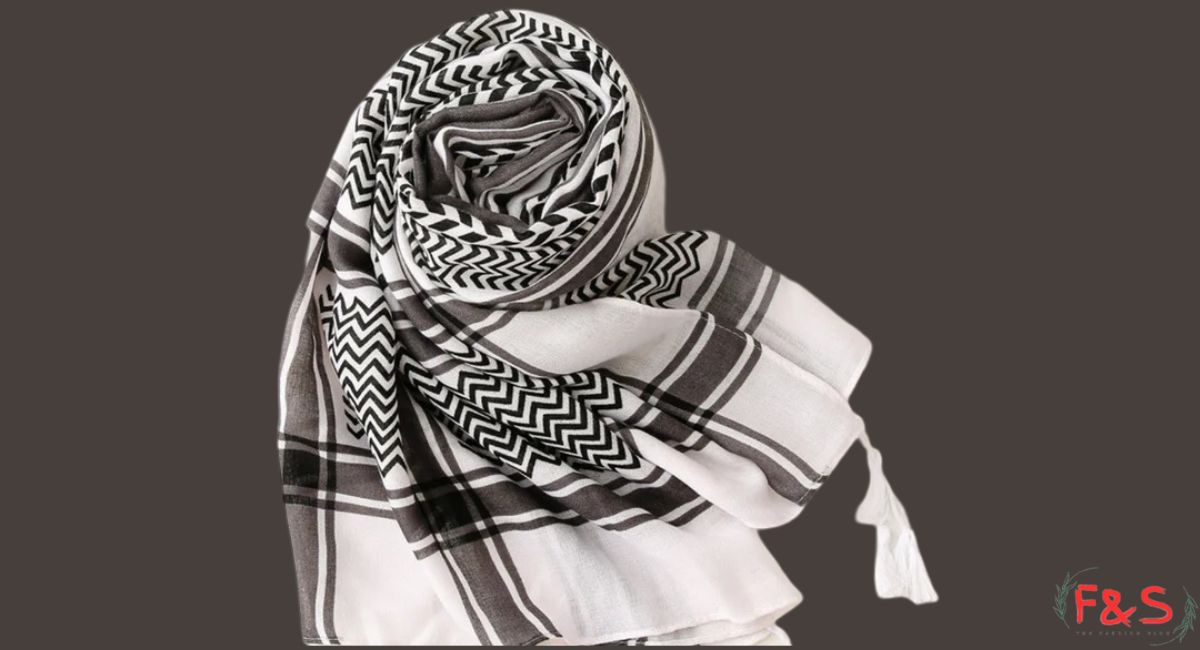
The Keffiyeh or Ghutra is a square cotton headscarf, often white or red-and-white checkered. Beyond its practicality, the Keffiyeh also carries cultural and symbolic significance in various Arab regions.
Agal
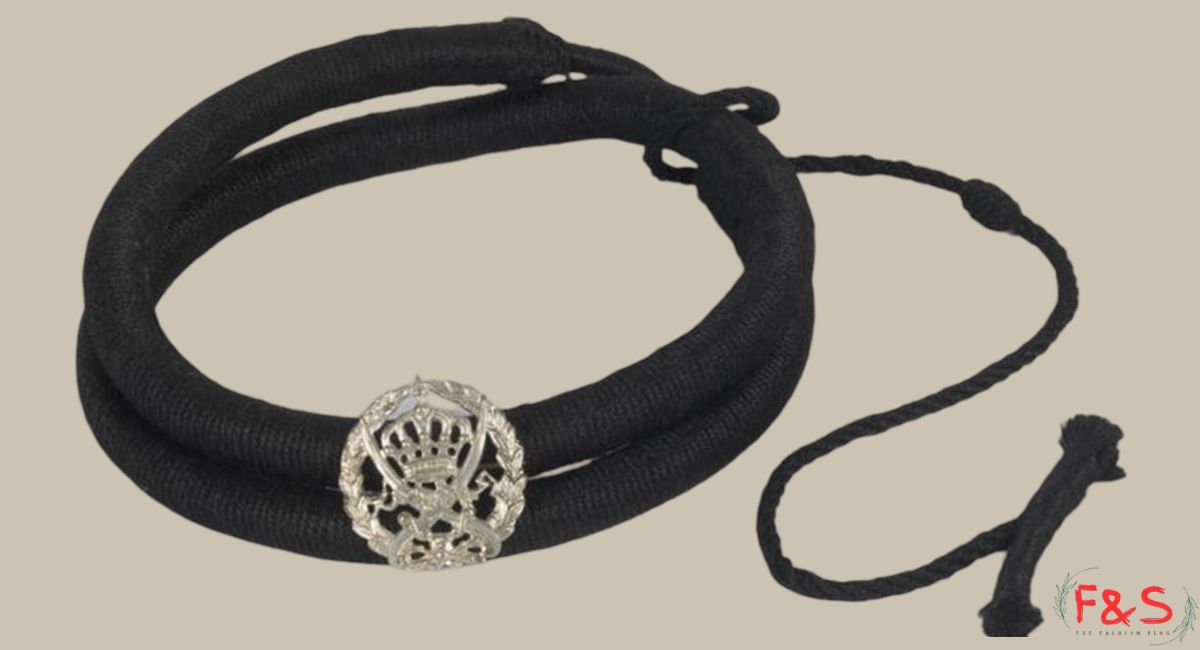
The Agal is a black cord worn on the head to secure the Keffiyeh or Ghutra. It adds an ancient yet refined touch to Arab men’s attire, symbolizing respectability and social status.
Bisht
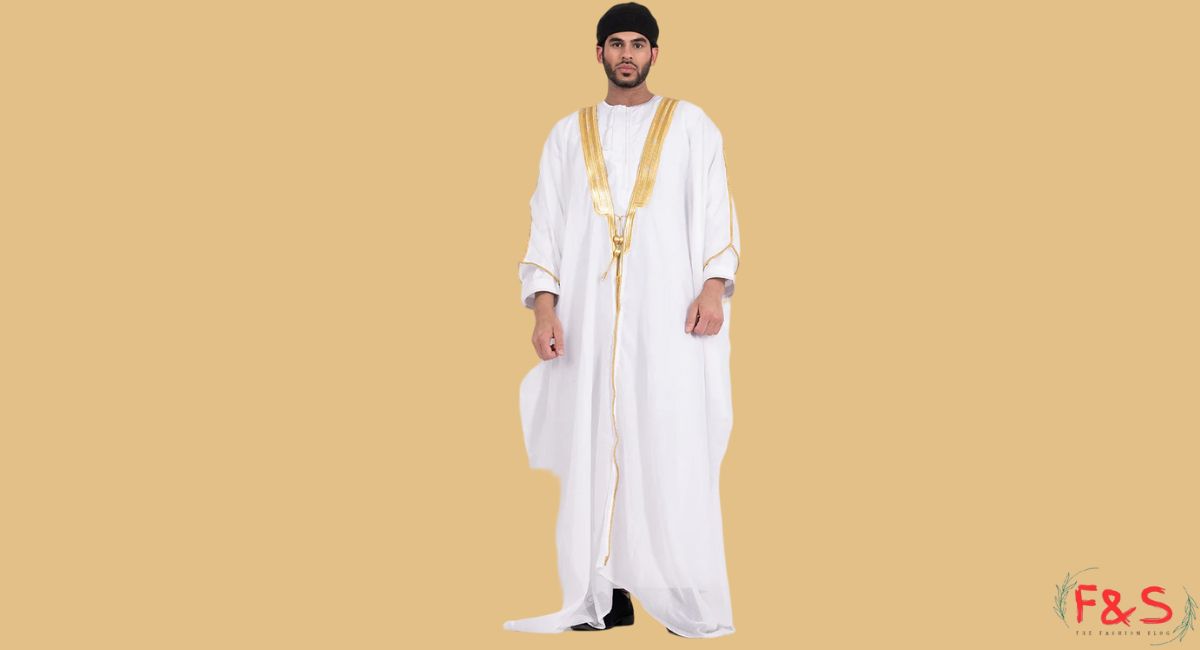
The Bisht is an over-garment typically worn over the Thobe for special occasions such as weddings or religious celebrations. Made of high-quality materials like wool or camel hair, the Bisht is often decorated with gold or silver embroidery, signifying its importance.
Sirwal
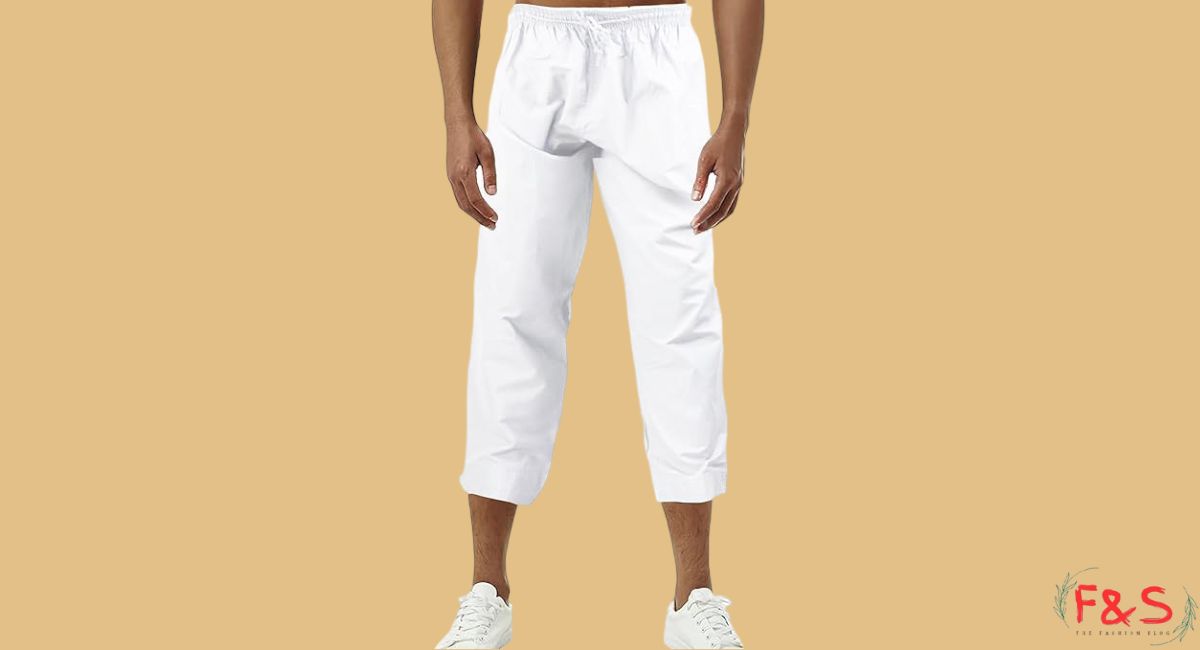
Sirwal are loose-fitting trousers worn underneath the Thobe. Made from cotton or linen, they offer comfort and practicality, especially in hot climates.
The Significance of Traditional Arab Men’s Clothing
Traditional Arab men’s clothing is deeply rooted in cultural and religious values, emphasizing modesty and simplicity. The iconic Thobe, for example, is worn across Saudi Arabia, the UAE, and Kuwait, symbolizing a blend of heritage and comfort. These garments serve as an expression of cultural identity and a commitment to the Islamic principles of modesty.
Modern Adaptations of Traditional Garments
Traditional attire like the Thobe has been adapted to suit modern preferences. Today’s versions may feature slim cuts, subtle embroidery, and a variety of colors and fabrics, transforming the traditional garment into a versatile piece suitable for various occasions—from casual outings to formal events.
Impact of Global Fashion Trends
The global fashion industry has significantly influenced Arab menswear, particularly in cosmopolitan regions like the UAE and Qatar. Many young men now incorporate Western elements, such as designer belts and shoes, into their traditional attire. In professional settings, it’s also common to see Arab men wearing Western-style suits with traditional head scarves like the Ghutra or Keffiyeh.
Cultural Events and Festivals
Arab men’s clothing plays an essential role in cultural events and festivals. During celebrations like Eid, weddings, and national holidays, men wear their finest traditional garments. For instance, the Bisht, a cloak often decorated with gold or silver, is worn by high-ranking officials and dignitaries during formal events. Wearing new Thobes during Eid also symbolizes renewal and cultural pride.
Regional Variations in Arab Men’s Clothing
Arab men’s clothing varies across regions, reflecting each area’s unique culture and traditions.
-
Saudi Arabia:
Thobes are typically simple and white.
-
Oman:
Men wear Kumma (embroidered caps) and colorful Mussar turbans with their Thobes.
-
Morocco:
The Djellaba, a long, flowing robe with full sleeves, is popular for both men and women and is worn year-round, adapting to seasonal changes.
The Evolution of Casual Wear
In urban regions, Arab men have become more accustomed to casual clothing, such as jeans, T-shirts, and sneakers. However, traditional elements are often incorporated into these outfits, such as pairing a Ghutra with a T-shirt or layering a Bisht over semi-casual attire for special occasions. This fusion of modern and traditional styles reflects a respect for heritage while embracing contemporary fashion.
The Impact of Social Media on Arab Men’s Fashion
Social media has been transformative for Arab men’s fashion, with influencers on platforms like Instagram and TikTok promoting a blend of traditional and contemporary styles. These influencers, admired for their trendsetting looks, have inspired a new generation to explore Arab attire while adding personal touches that blend the old with the new. The Thobe and Ghutra have even gained international attention, with people worldwide appreciating and adopting these styles.
The Rise of Arab Men’s Fashion Designers
A new wave of Arab fashion designers is redefining men’s fashion in the region. Designers like Hatem Alakeel from Saudi Arabia are modernizing traditional attire with contemporary fabrics, cuts, and colors. His brand, Toby, has become synonymous with modern Saudi fashion, offering an array of stylish Thobes, Bishts, and other traditional garments that appeal to both local and international markets.
Sustainability in Arab Men’s Fashion
As global fashion trends move towards sustainability, there is a growing emphasis on eco-friendly practices within Arab menswear. Designers and brands are increasingly using sustainable materials, such as organic cotton and recycled fabrics, in response to a rising demand for ethically produced clothing. In countries like the UAE, initiatives are underway to promote sustainable fashion practices, encouraging designers to prioritize environmentally conscious choices.
The Future of Arab Men’s Clothing
The future of Arab men’s clothing lies in a fusion of tradition and modernity, incorporating sustainable materials and innovative designs that maintain cultural identity. As fashion continues to evolve, Arab men’s clothing will likely embrace new trends while staying true to its roots, offering unique styles that appeal to a global audience.
Conclusion
Arab men’s clothing embodies a rich tapestry of tradition, culture, and modernity. From the classic sophistication of the Thobe to contemporary designs by Arab fashion designers, Arab menswear celebrates heritage while embracing innovation. As the fashion world continues to evolve, Arab menswear is poised to retain its charm and authenticity while influencing and being influenced by other cultural styles.
FAQ’s
Q1. What are the traditional styles of Arab men’s clothing?
Traditional Arab men’s clothing includes the Thobe (also known as Dishdasha or Kandura), a long, flowing robe, often paired with a Ghutra or Keffiyeh (a patterned scarf). The Thobe is made from cotton or wool, with styles varying by region and occasion. The Bisht, an ornate cloak, and Sirwal (loose trousers) are also commonly worn.
Q2. What are the current trends in Arab men’s fashion?
Current trends in Arab men’s fashion blend traditional and modern styles. Many men are adding embroidery or contemporary patterns to Thobes, while others incorporate Western accessories or wear traditional head scarves with suits.
Q3. How are traditional Arab garments adapted for modern fashion?
Traditional Arab garments are adapted for modern fashion by using contemporary fabrics, slimmer cuts, and updated designs. For example, Thobes now come in lighter materials and more tailored fits, suitable for modern tastes while maintaining their traditional aesthetic.
Q4. What types of fabrics are popular for modern Arab men’s clothing?
Popular fabrics for modern Arab men’s clothing include cotton, valued for its comfort and breathability; linen, known for its lightness; and wool, which provides warmth and elegance. Silk and brocade are often used for formal attire, while polyester blends are becoming popular for their durability.
Q5. Where can I find stylish Arab men’s clothing?
Stylish Arab men’s clothing is available in high-end boutiques, designer stores specializing in Middle Eastern fashion, and online retailers. Many cities in the Arab world have dedicated fashion districts where both traditional and modern styles are accessible.
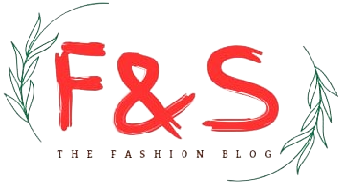


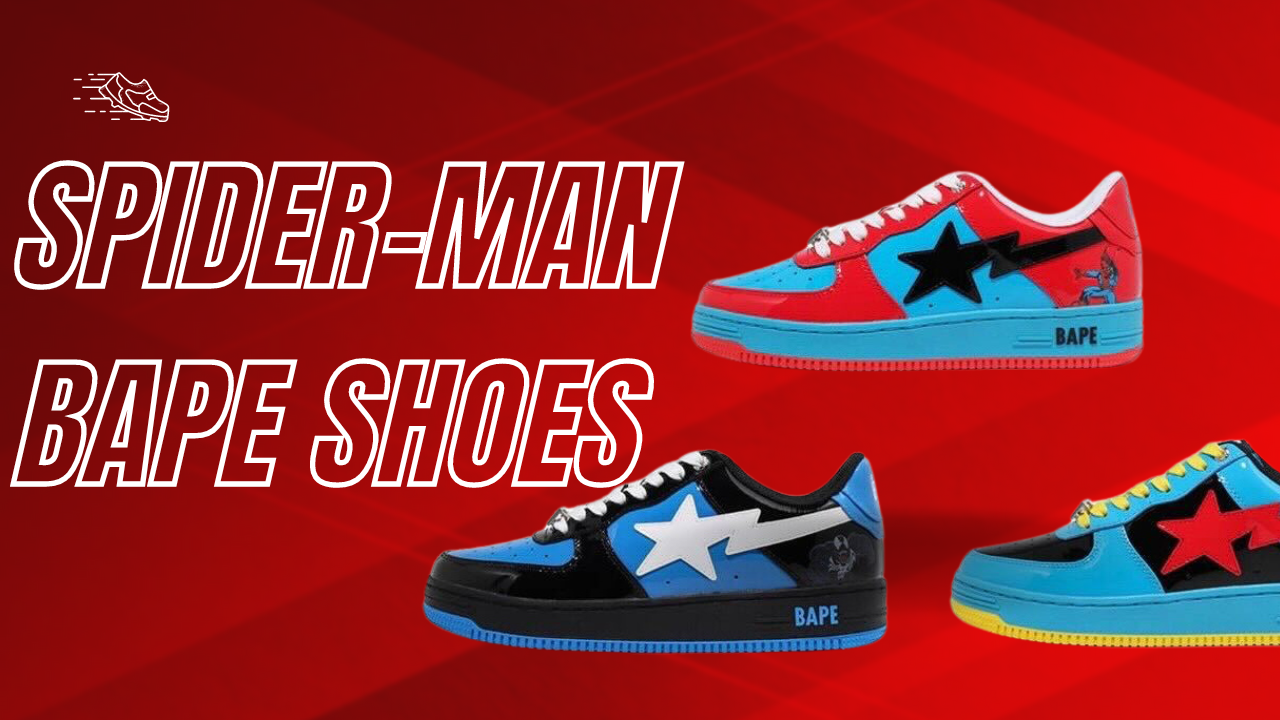
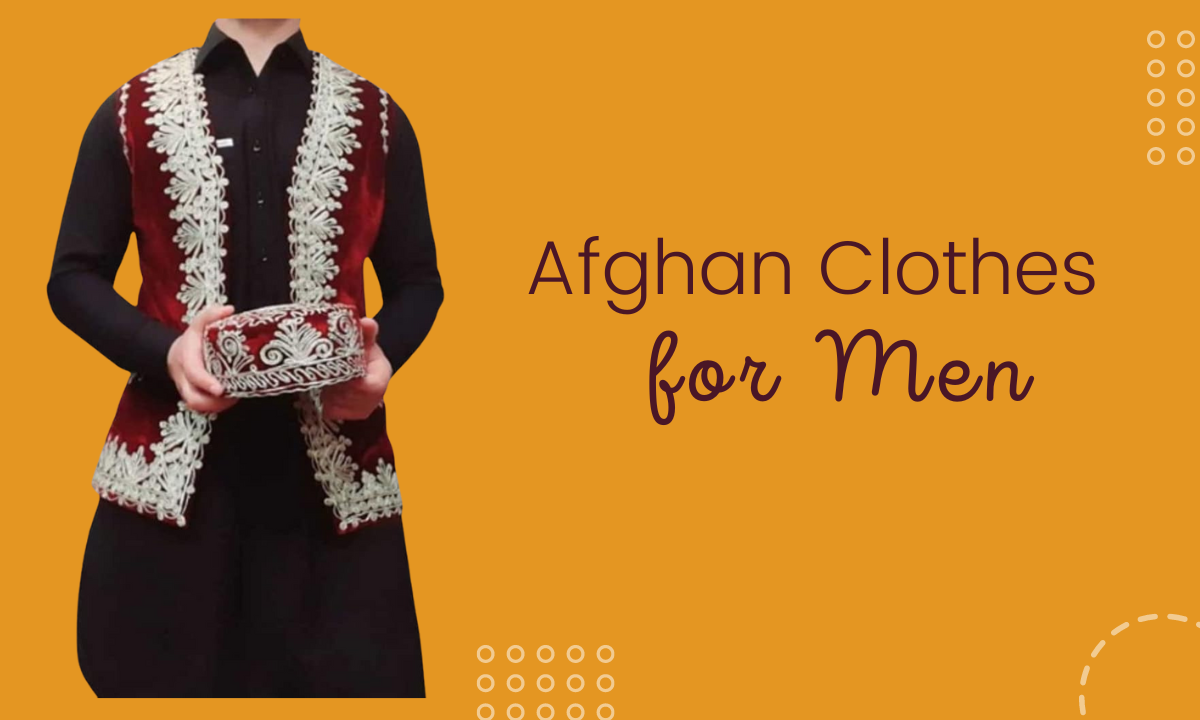
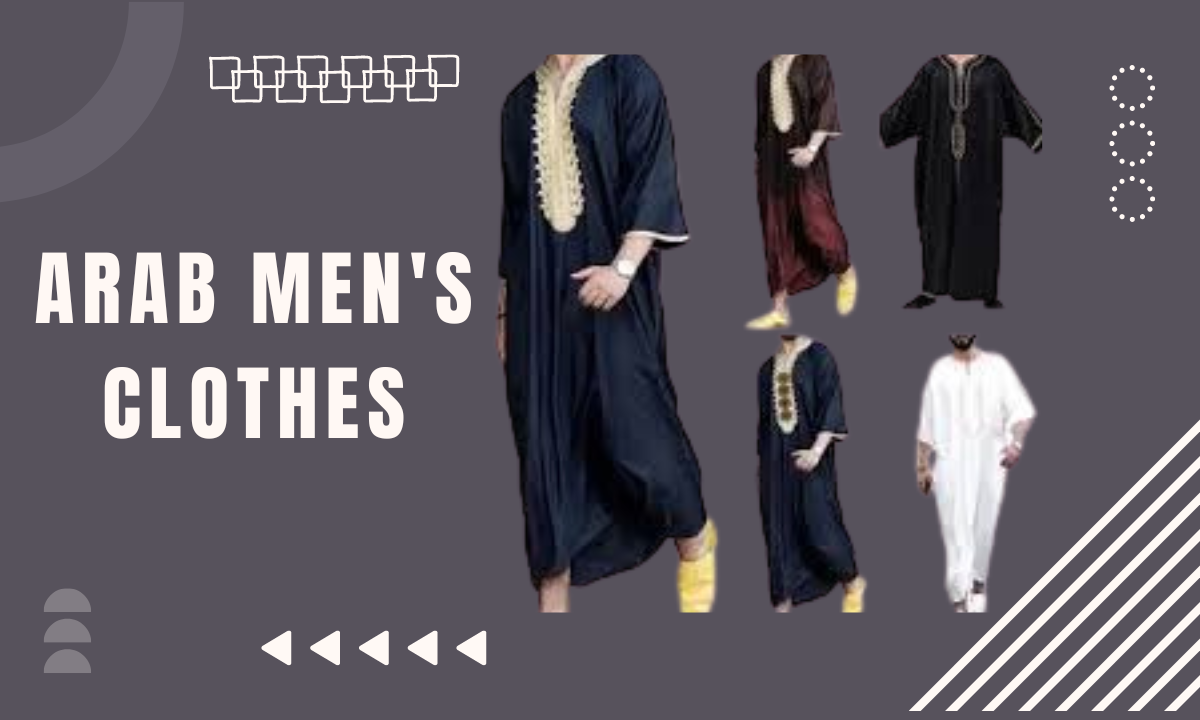
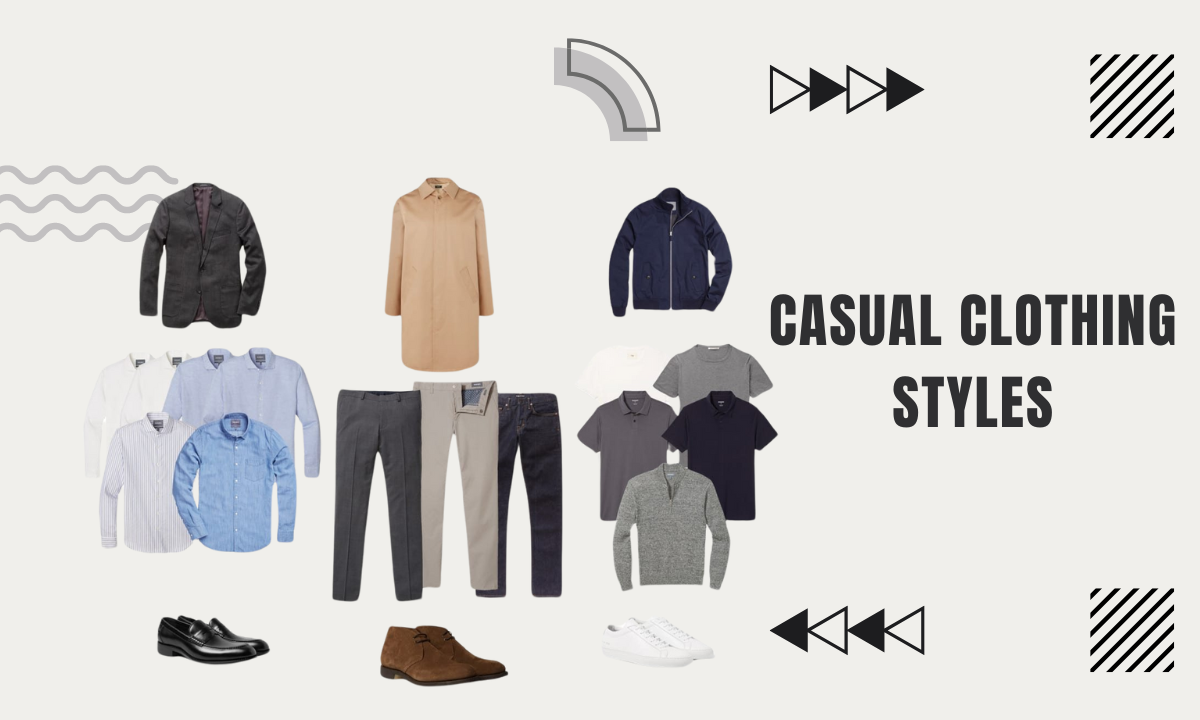

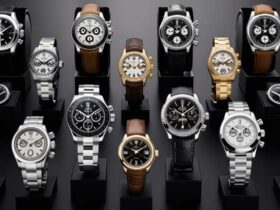
Leave a Reply